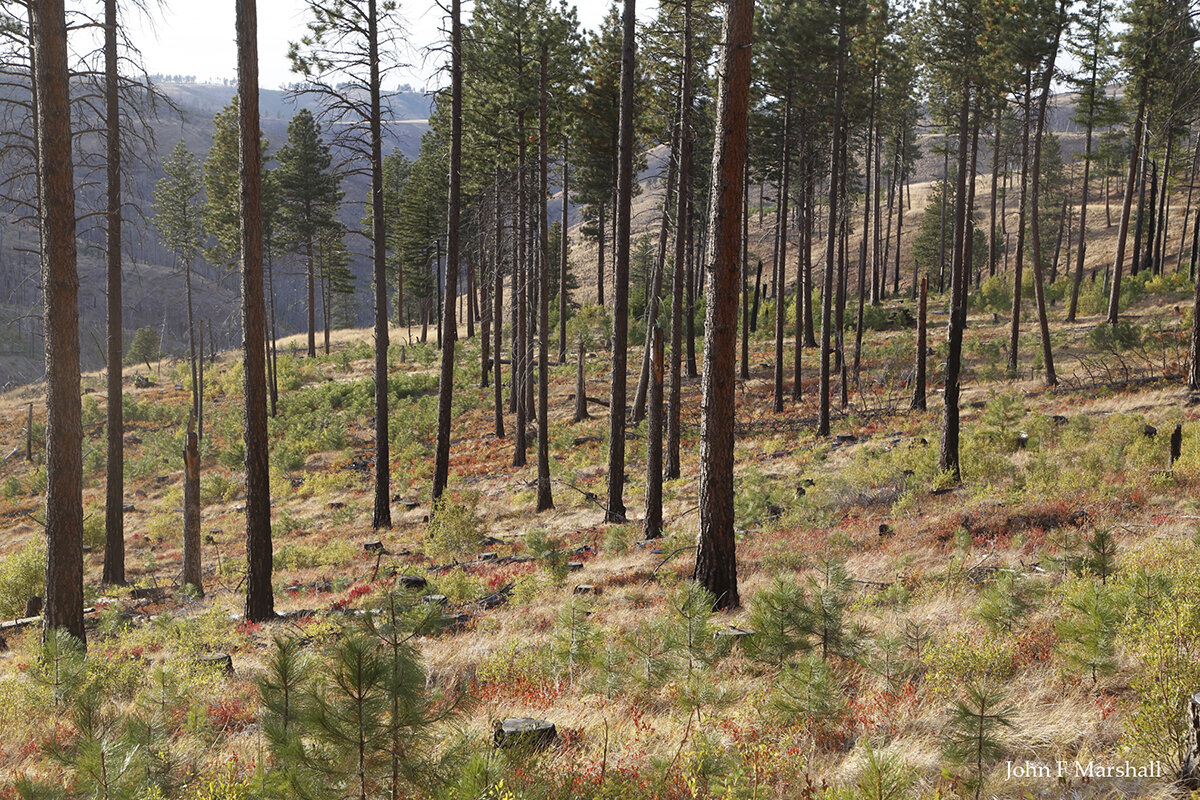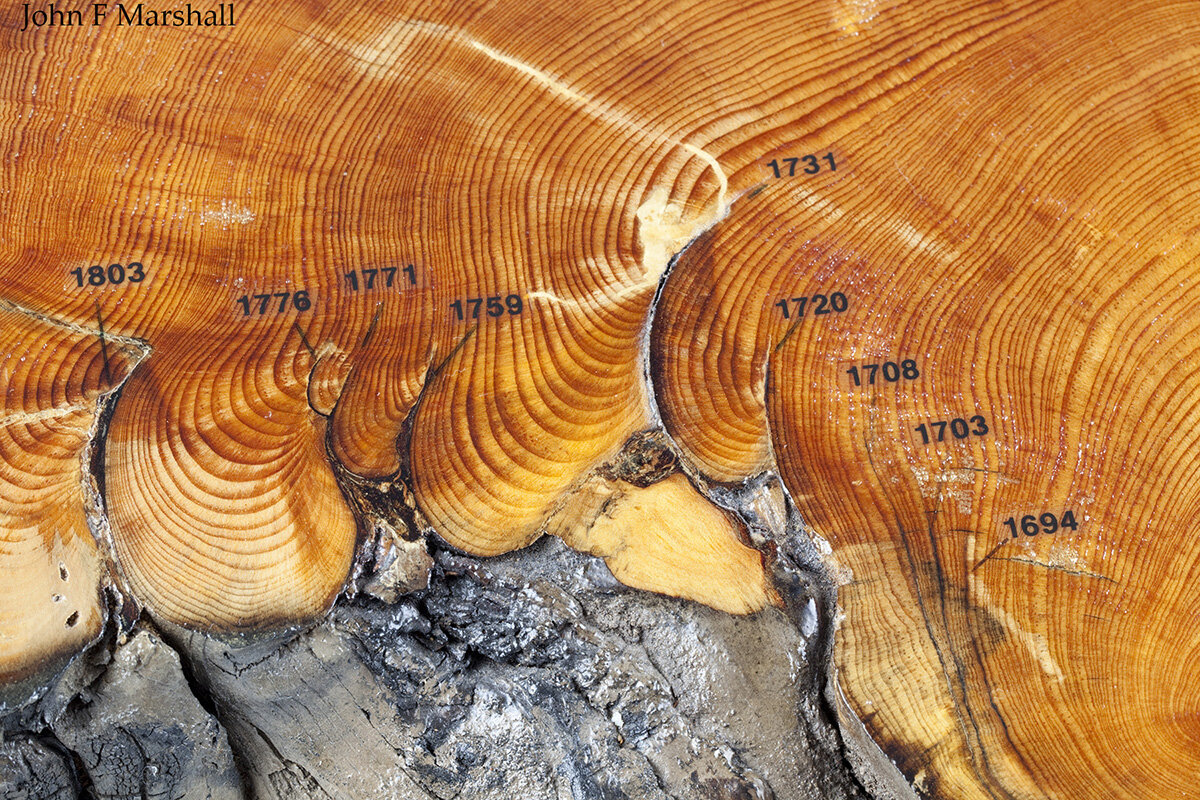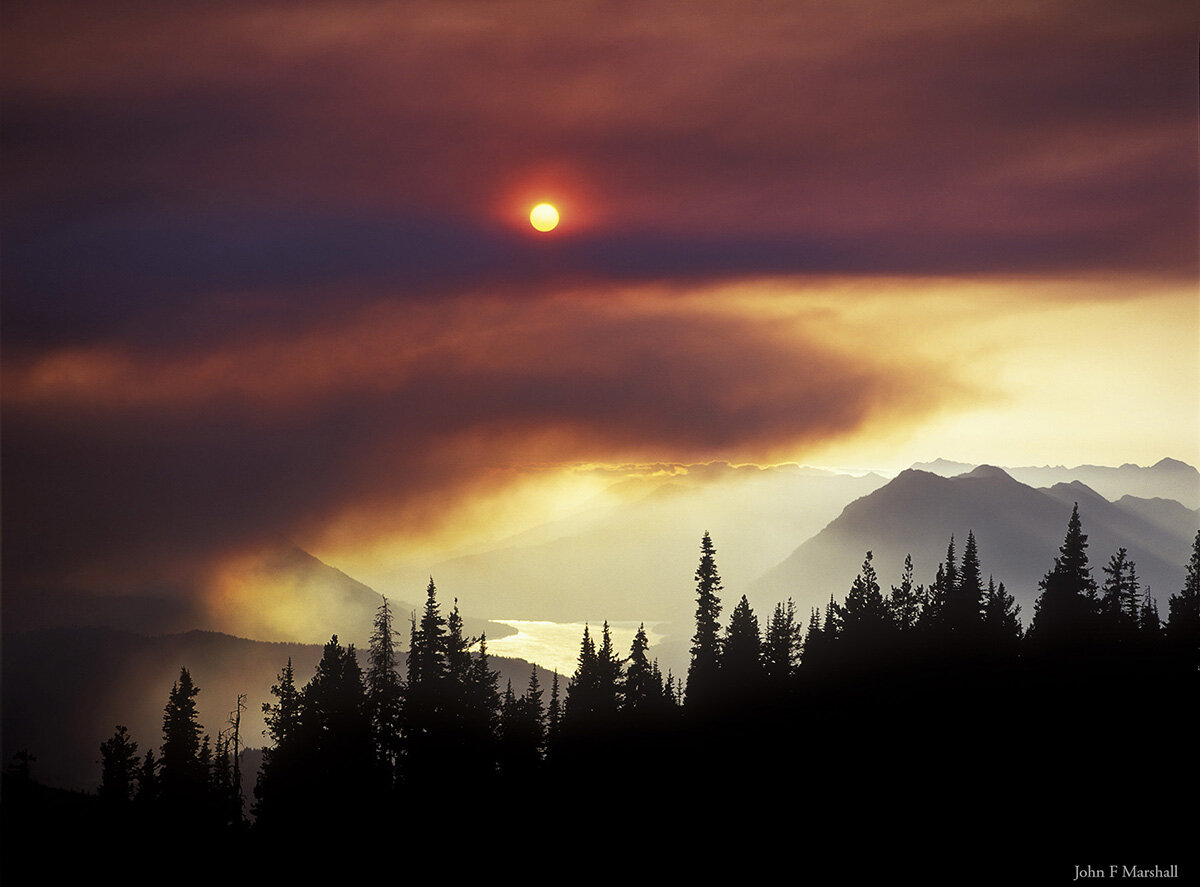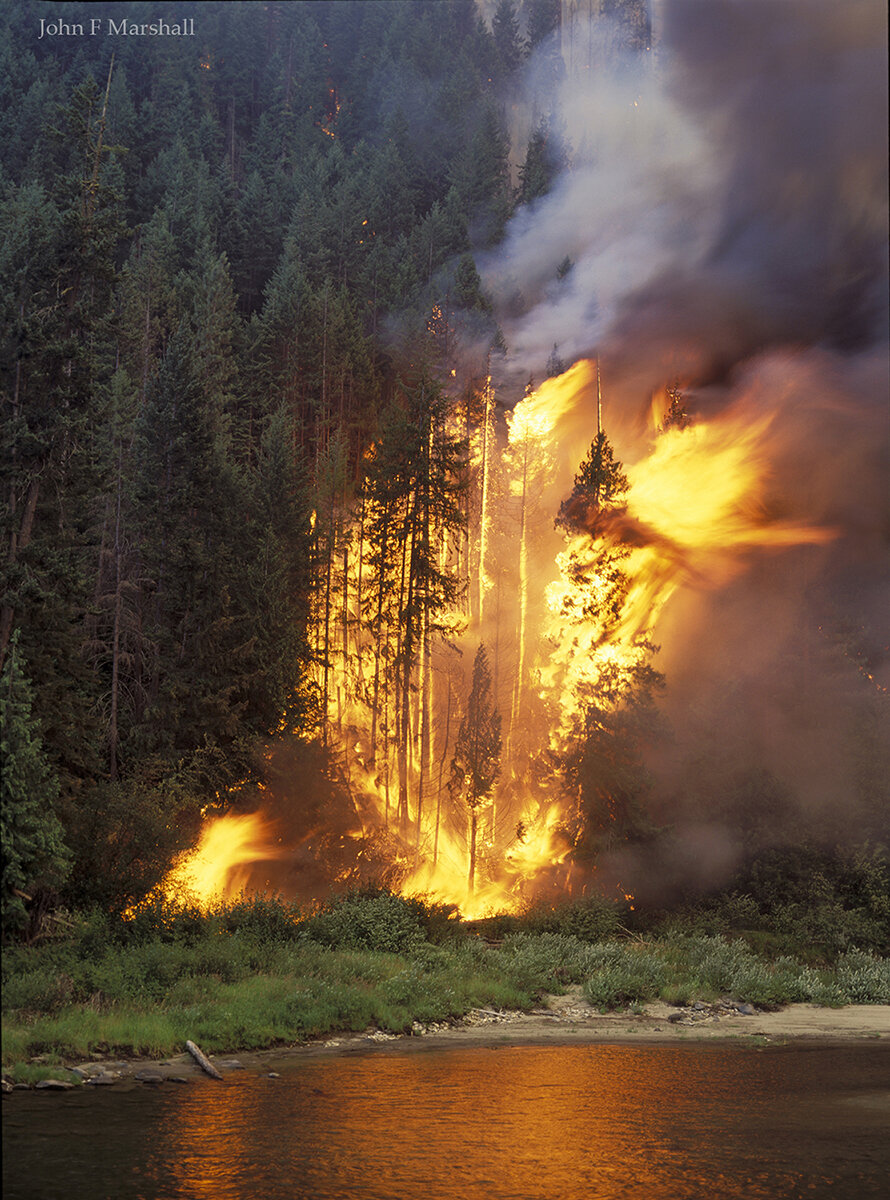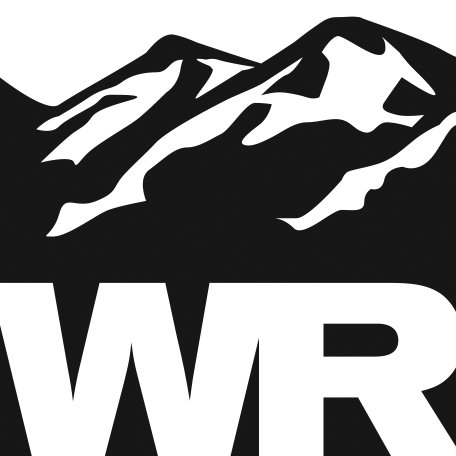Introduction
Art, history, and science come together in Fire Stories, an exhibition that illustrates dramatic forest change across the northern Blue Mountains, how fire can help or harm, and the land management practices that can rebuild forest and community resilience.
Tour schedule: To date, Fire Stories has been displayed in four locations across eastern Oregon and eastern Washington.
World Forestry Center, Portland, OR (proposed) | 2022
Past exhibition hosts:
Arts Center East, La Grande, OR | September 10 to October 23, 2021 - take a virtual tour
Josephy Center for Arts and Culture, Joseph, OR | April 23rd to June 15, 2021
Sheehan Gallery, Whitman College, Walla Walla, OR | January 31 to April 10, 2020
Interested in hosting this exhibition? Contact us for availability!
Background
From 1933-1935, the U.S. Forest Service in Oregon and Washington undertook a unique project to collect panoramic photos from every single fire lookout in the region. The goal was to increase the effectiveness of fire suppression by aiding communication between fire lookouts and ranger stations.
The survey crew carried their equipment to 813 sites. This was no small feat: the custom-built camera weighed 75lbs. At each station, they collected at least three 120-degree photos to capture the whole horizon. More than 85 years on, the photos serve as a valuable record of the effects of management on ecosystems across the Pacific Northwest. John Marshall, with support from The Nature Conservancy and the Oregon Department of Forestry, scanned the photos from the National Archive in Seattle.
Bringing the Photos to the Public
In 2018, in partnership with Wallowa Resources and the Oregon Community Foundation, photographer John Marshall retook the Osborne Panoramas photos to share with the public through the Fire Stories exhibition. He teamed up with Dr. Paul F. Hessburg, a U.S. Forest Service Research Scientist and UW Professor, to compare historical and present day photos. Fire Stories puts today’s wildfires into historical and ecological context, revealing the effects of fire suppression, human settlement, and a century of forest management. The Osborne Panoramas often surprise the viewer, revealing a landscape that isn’t how they thought it should be. Side by side comparisons of 8-10 historical Osbornes with modern imagery reveal marked changes, even in Wilderness Areas. Between 80-100 other photographs capturing specific subjects are included in the exhibit.
Together, Marshall and Hessburg created a vibrant display that leads the viewer through the maze of history, fire ecology, fire behavior, and land management in an understandable way. Striking wildlife and forest recovery photographs reflect how species respond to wildfire, and how winners and losers may switch places over space and time. Through research-based descriptions and Marshall’s engaging imagery, fire is presented as both end and beginning, inseparable from the land it shapes.
The Partnership
John Marshall, the son of a US Fish and Wildfire Service biologist, is a conservationist at heart. He earned a B.S. in Fishery Science from Oregon State University, and an M.S. in Wildlife Resources from the University of Idaho. Marshall has worked with the U.S. Forest Service for twenty-five years documenting landscape changes through his photography. John is particularly interested in connecting with the public and has made over 100 public presentations and one museum exhibit on wildfire topics.
Paul Hessburg, Ph.D. is a research landscape ecologist with the USDA-FS, PNW Research Station where he has been studying landscape changes of the western US for the last 35 years. Paul earned a B.S. in Forestry at the University of Minnesota in 1978, and a PhD in Botany and Plant Pathology at Oregon State University in 1984. He has published 200 scientific articles and made over 500 public and scientific presentations.
Paul and John became hiking and paddling buddies 25 years ago. Soon after, they began their foray into telling landscape stories with new fusions of science and art.
The Camera
An Osborne Photo Recording Transit is part of the Fire Stories exhibition. The original camera type that shot the 1930s images, only 10 of these devices were made and this is one of the only two known to still exist.
William “W.B.” Osborne, the Regional Forest Inspector during the project, designed the Photo Recording Transit used for the Osborne Panoramas collection. This camera was custom built by Leupold-Volpel & Company of Portland, Oregon. It rotated as each photo was taken, minimizing lens distortion. The photos were recorded on 14 -1/4" by 5 - 1/2" negatives. Three sets of contact prints were made for each photo. Along the top edge of the photo the compass bearing (azimuth) was recorded directly onto the film. Vertical angles measurement was recorded along the left and right edges of the print. The date, location and elevation of each photo were also recorded.
At each lookout, three standard photo setups were taken: the north view (60 and 180 degrees) taken around noon, the south-east view (60 to 180 degrees) taken around 3:00 PM, the south-west view (180 to 300 degrees) taken around 9:00 AM. Many of the photos taken during and after 1934 used infrared sensitive film, which reduced the effects of atmospheric haze on the images. The foliage of trees in infrared photos appear very bright, because plants strongly reflect infrared light. At the height of the project in 1934, six photographers were employed, and four or five of these cameras were in use. W.B Osborne also designed the Osborne Fire-finder, an implement still used today.
An Osborne Photo Recording Transit.

